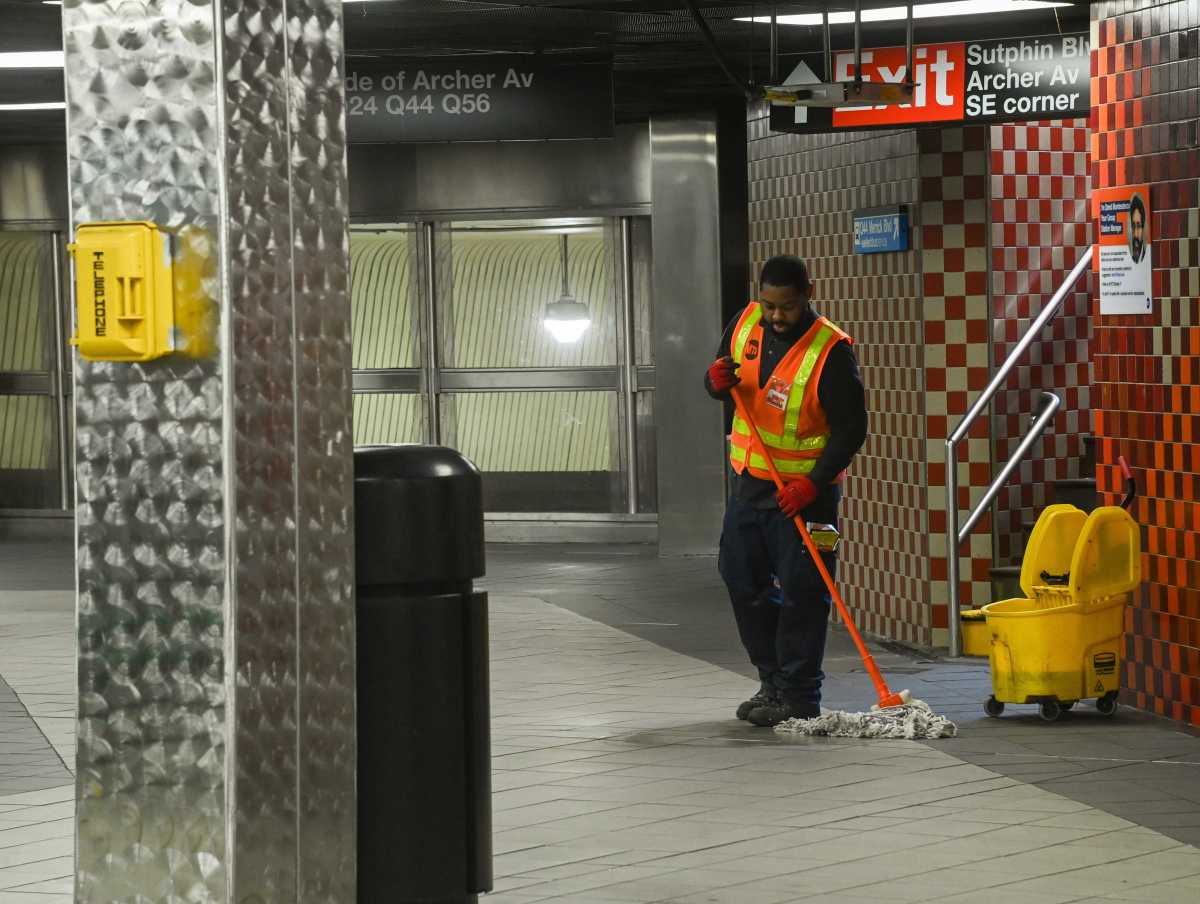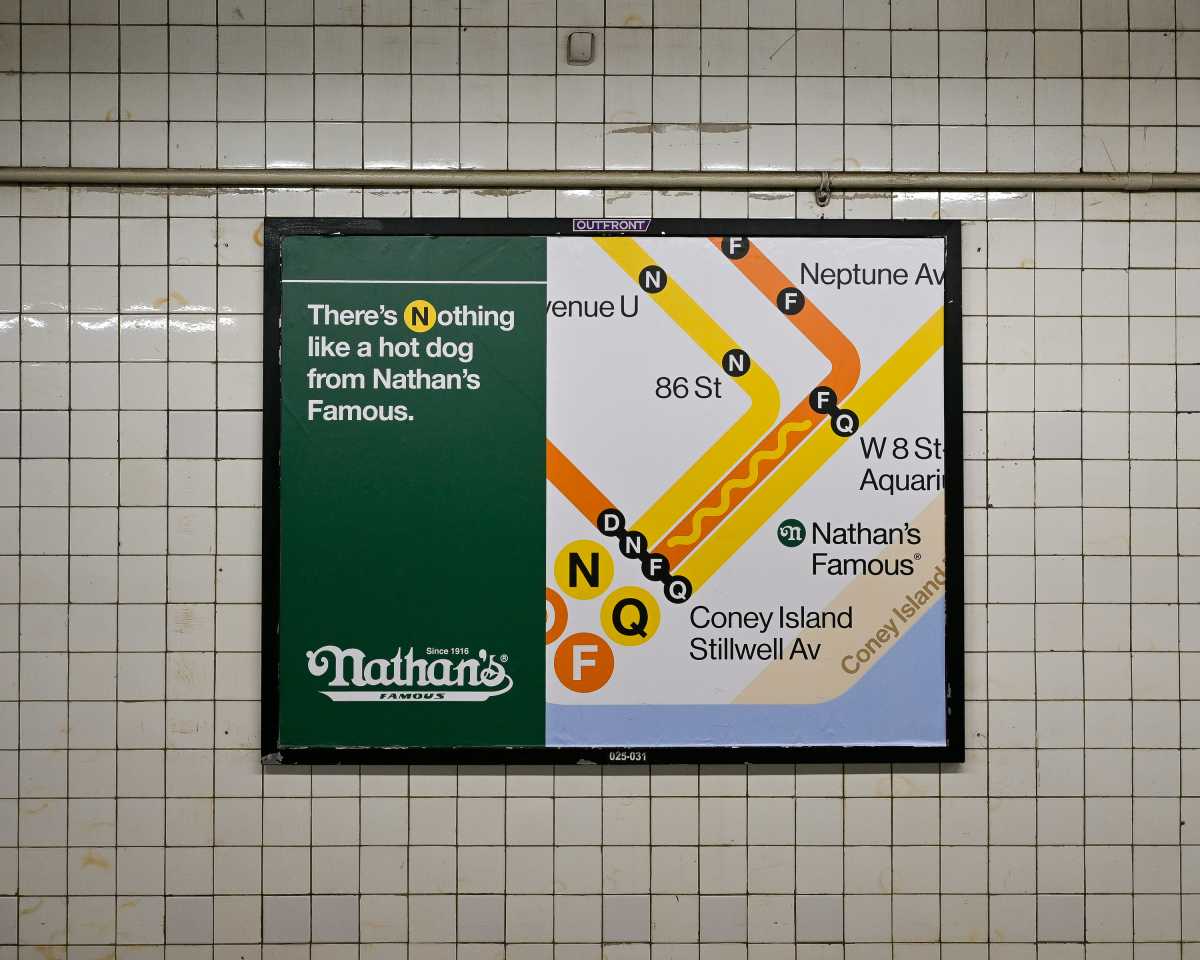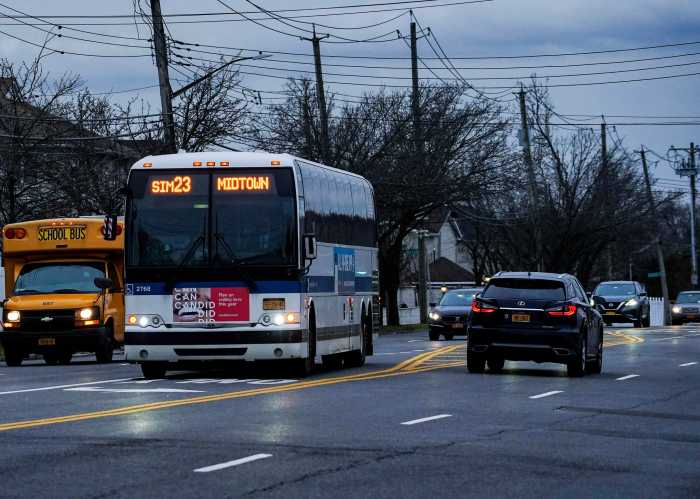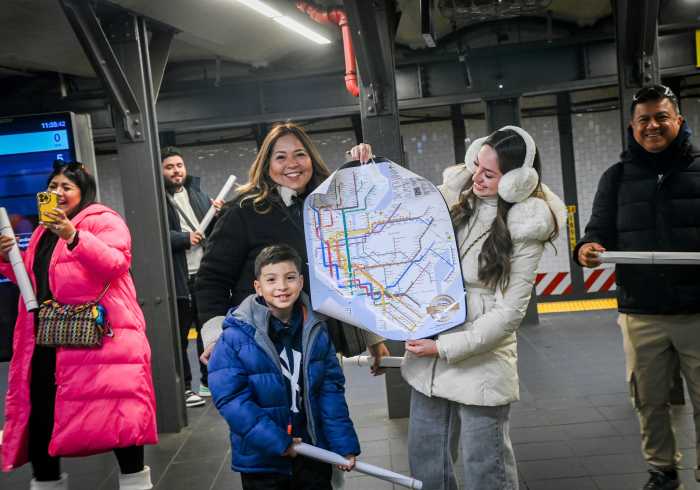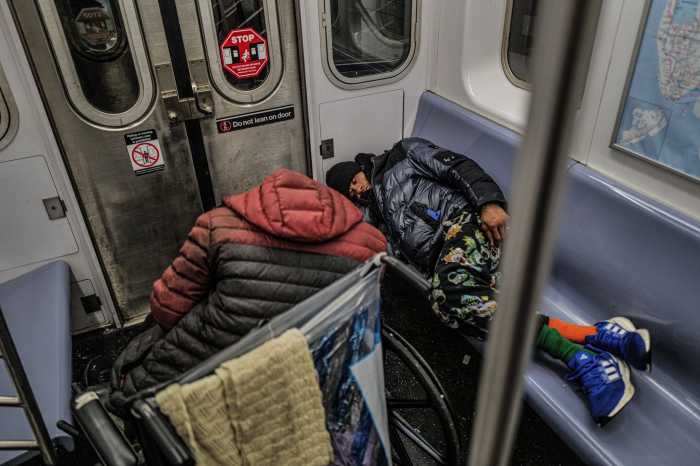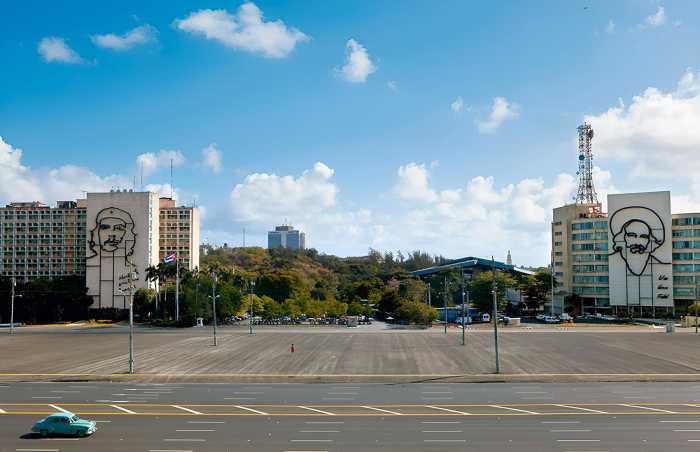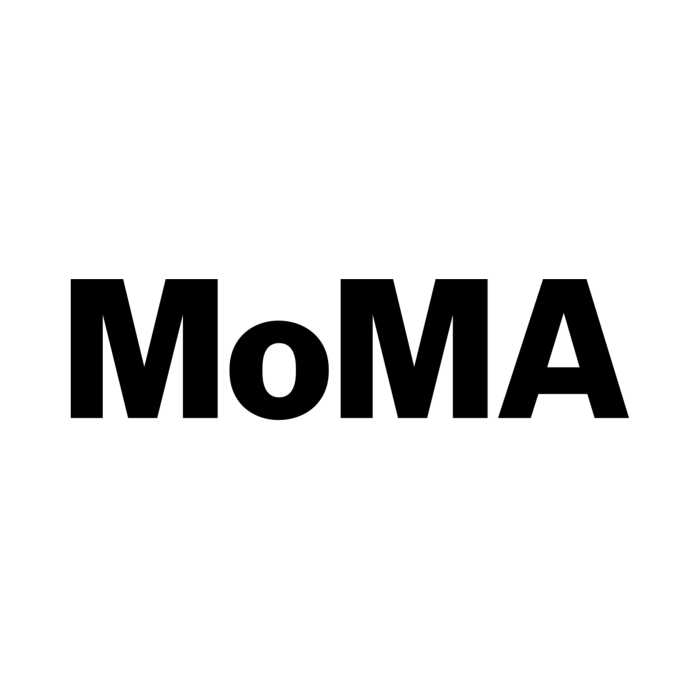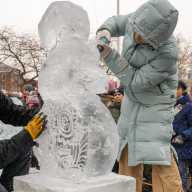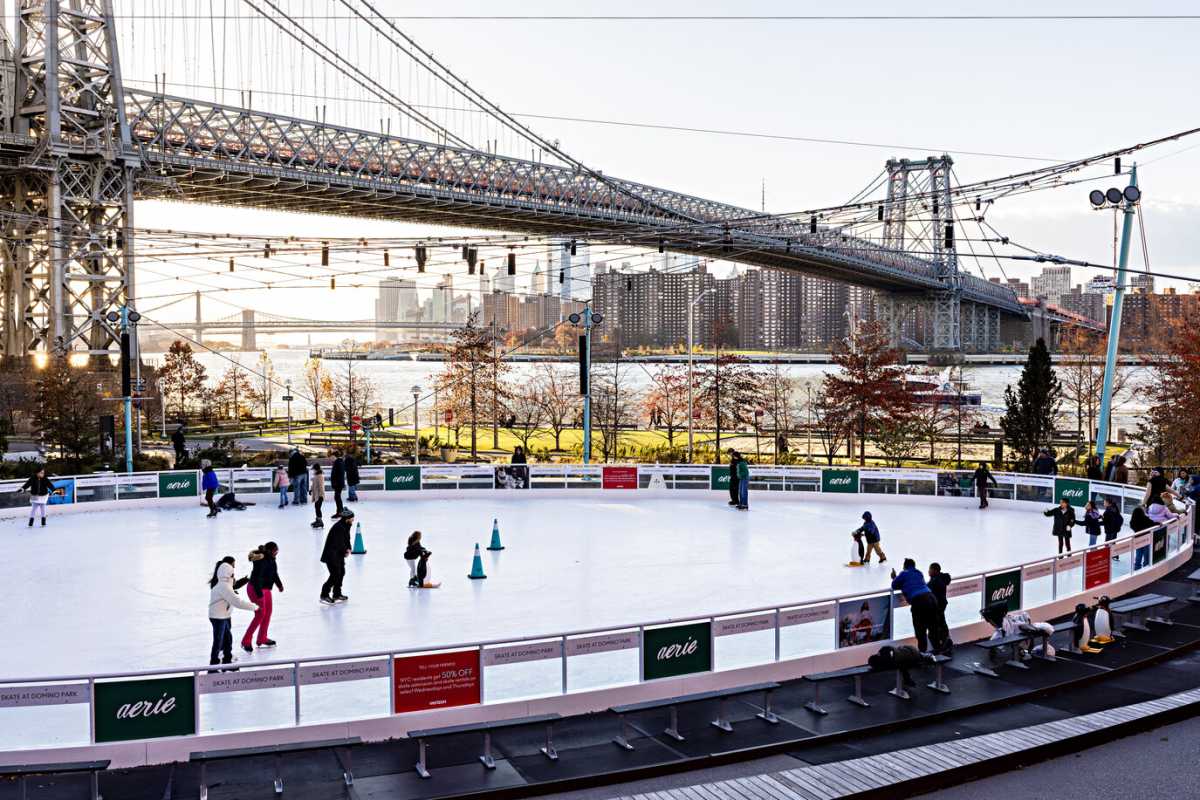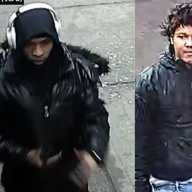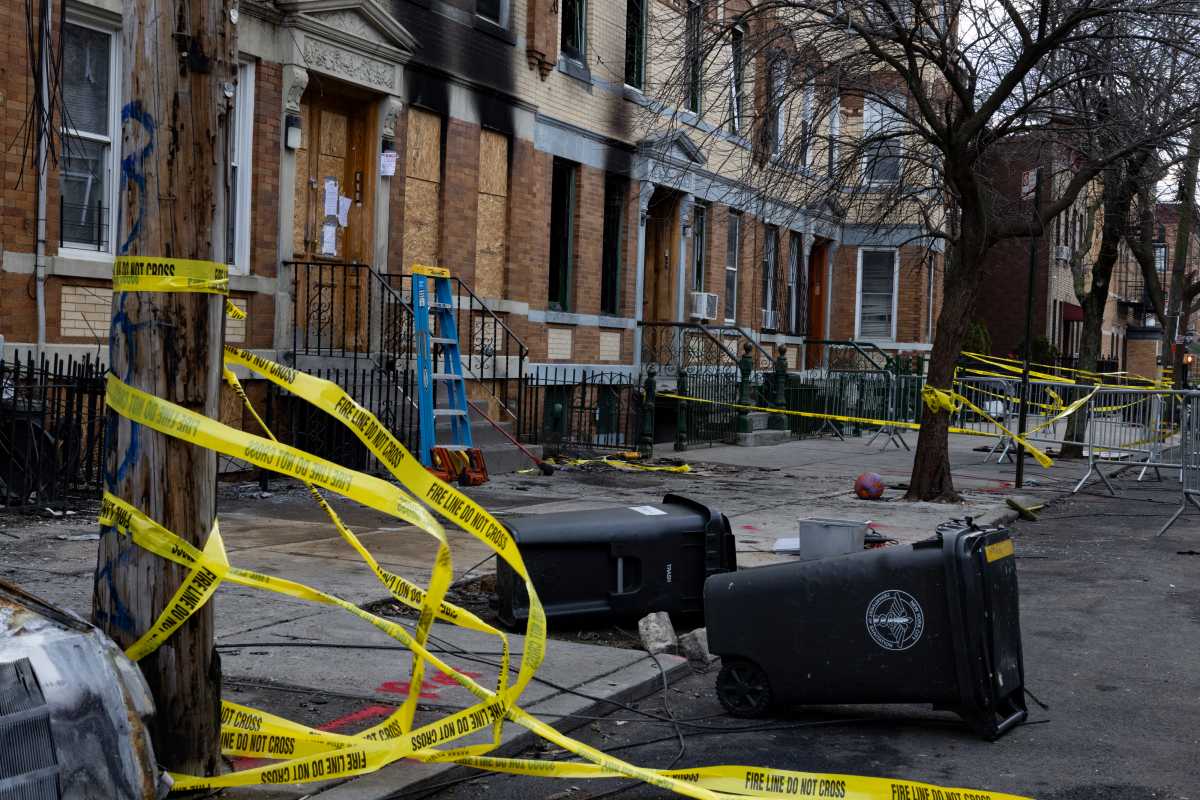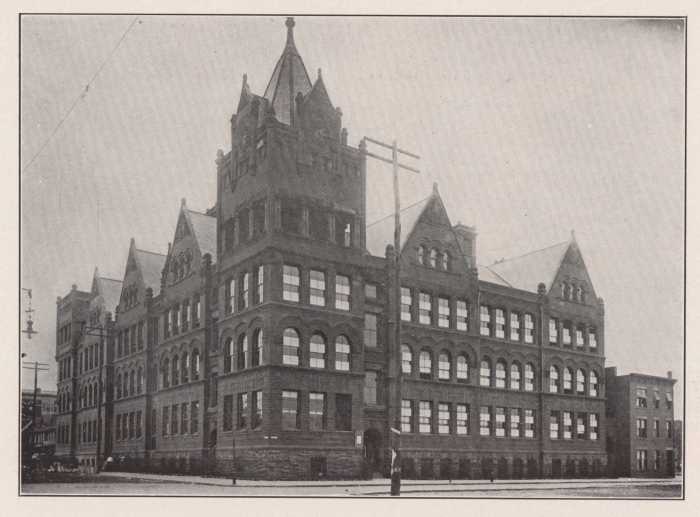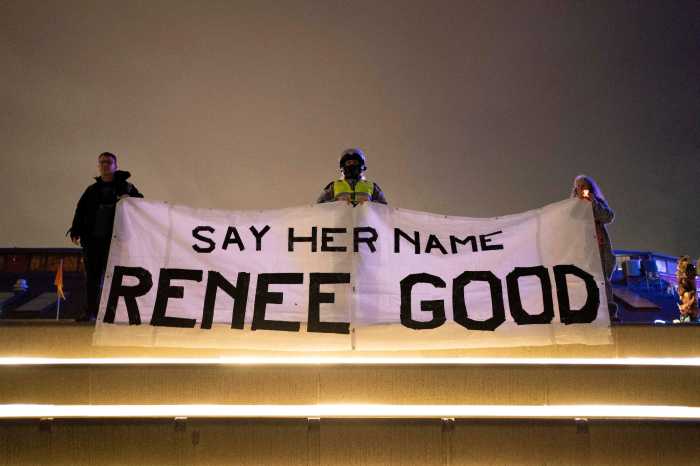amNewYork Metro, in conjunction with the MTA, present “Ask the MTA,” a column where MTA officials answer your questions about transit service in New York City. If you have a question for the MTA about subways, buses, commuter rails and more, email askthemta@amny.com.
Q: How often are subway cars cleaned? – Ada F., Brooklyn Heights
A: All cars in service are continually cleaned at end terminals, with staff sweeping and mopping the floors and wiping down seats. Most are also sent for external washing once a week. A more intensive deep clean happens every 72 days at one of our maintenance facilities. Before cars are put back into service after undergoing scheduled inspections, the interiors – wall surfaces, seats, door panels, and windows – are washed. Floors also get a thorough scrubbing to remove any grime, gum or dirt.
– Tom Tavolario, Deputy Chief, Department of Car Equipment, New York City Transit
Q: What are subway conductors pointing at when they stick their heads out the window after pulling into stations? – Peggy S., Forest Hills
A: They’re pointing at black and white signs that we call “zebra boards.” Those signs, which have been in use for over a hundred years, are installed mid-platform to indicate the spot where the train conductor’s car should stop. When properly aligned, the board is directly in front of the conductor’s window, letting them know that the entire train is next to the platform and that it’s safe to open the doors. It’s a simple gesture that goes a long way toward reinforcing safety.
– Bill Amarosa Jr., Senior Vice President of Subways, New York City Transit
Q: Why do MetroCards have a tiny hole and slanted edge as part of their design? – George R., Kip’s Bay
A: The slanted edge is called a chamfer, and it helps ensure proper orientation and facilitates ease of swiping by aligning the card as riders insert it into fareboxes or swipe at a turnstile. The chamfer also helps visually impaired riders make sure they’re swiping the card in the right direction. The tiny hole is an optical trigger that ensures proper reading/writing of the magnetic stripe in the farebox.
– Michael Ellinas, Vice President and Chief Revenue Officer, New York City Transit
Also Read : https://www.amny.com/nyc-transit/staten-island-boro-prez-mta-express-buses/



